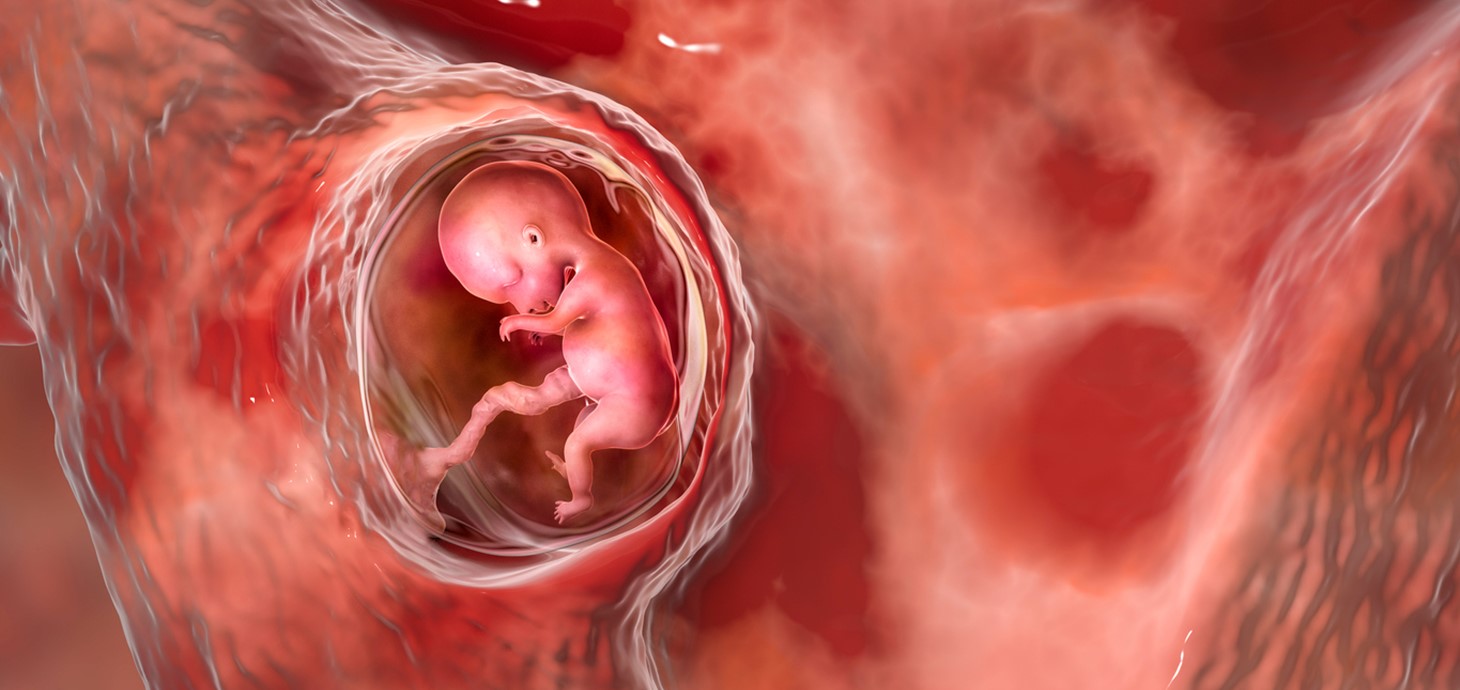
Attraction to same-sex partners is common in humans but the biological influences on homosexuality and bisexuality are not fully understood.
Now new research involving Swansea University is examining the suggestion that sex hormones in the foetus influence the sexual attraction people experience later in life. Extending earlier work that linked parental income to foetal sex hormones Professor John Manning, of the Applied Sports, Technology, Exercise and Medicine (A-STEM) research team, and colleagues have, for the first time, considered links between parental income and the sexual behaviour of their adult children.
According to the researchers the highest frequencies of same-sex attraction were found in the children of the lowest (25 per cent) income group, the lowest frequencies in the income group slightly higher than others, and elevated frequencies of same-sex attraction in the children of the top 25 per cent of the population.
The study, which has just been published in online journal Evolutionary Psychology, is a collaboration between Professor Manning, Bernhard Fink of the University of Vienna and the American evolutionary biologist and sociobiologist Robert Trivers.
Professor Manning said: “These novel findings suggest that high foetal oestrogen is a factor in both male and female same-sex attraction in children of low-income parents. Conversely, in male and female children of high-income parents, high foetal testosterone may be linked to same-sex attraction. “
The authors have further speculated that high foetal oestrogen is related to “femme” and “submissive” roles in female and male homosexuals respectively. Moreover, high prenatal testosterone may be linked to ‘butch’ and ‘assertive’ roles in female and male homosexuals respectively.”
The research follows on from a previous study involving Professor Manning published last year which found low-income mothers feminize their children in the womb by adjusting their hormones, whereas high-income mothers masculinize their children.
That study was based on the relationship between the length of a person’s index and ring fingers, known as the 2D:4D ratio. A long ring finger is a marker of higher levels of prenatal testosterone, and a long index finger is a marker of higher levels of prenatal oestrogen. Generally, in comparison to women, men have longer ring fingers, whereas in comparison to men, women have longer index fingers.
